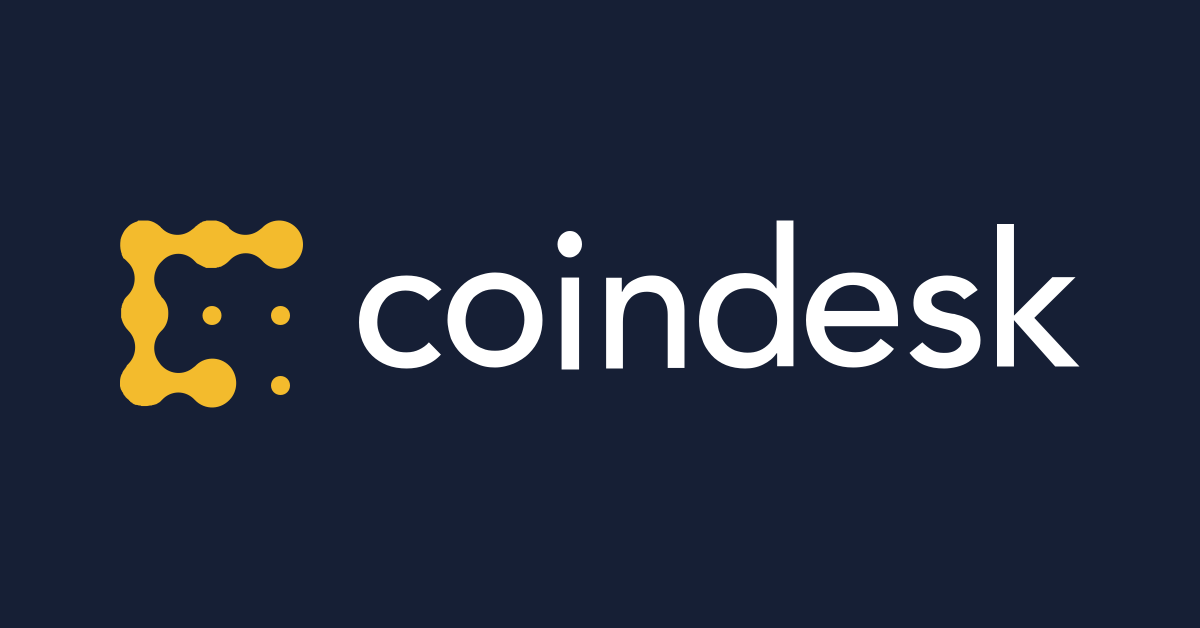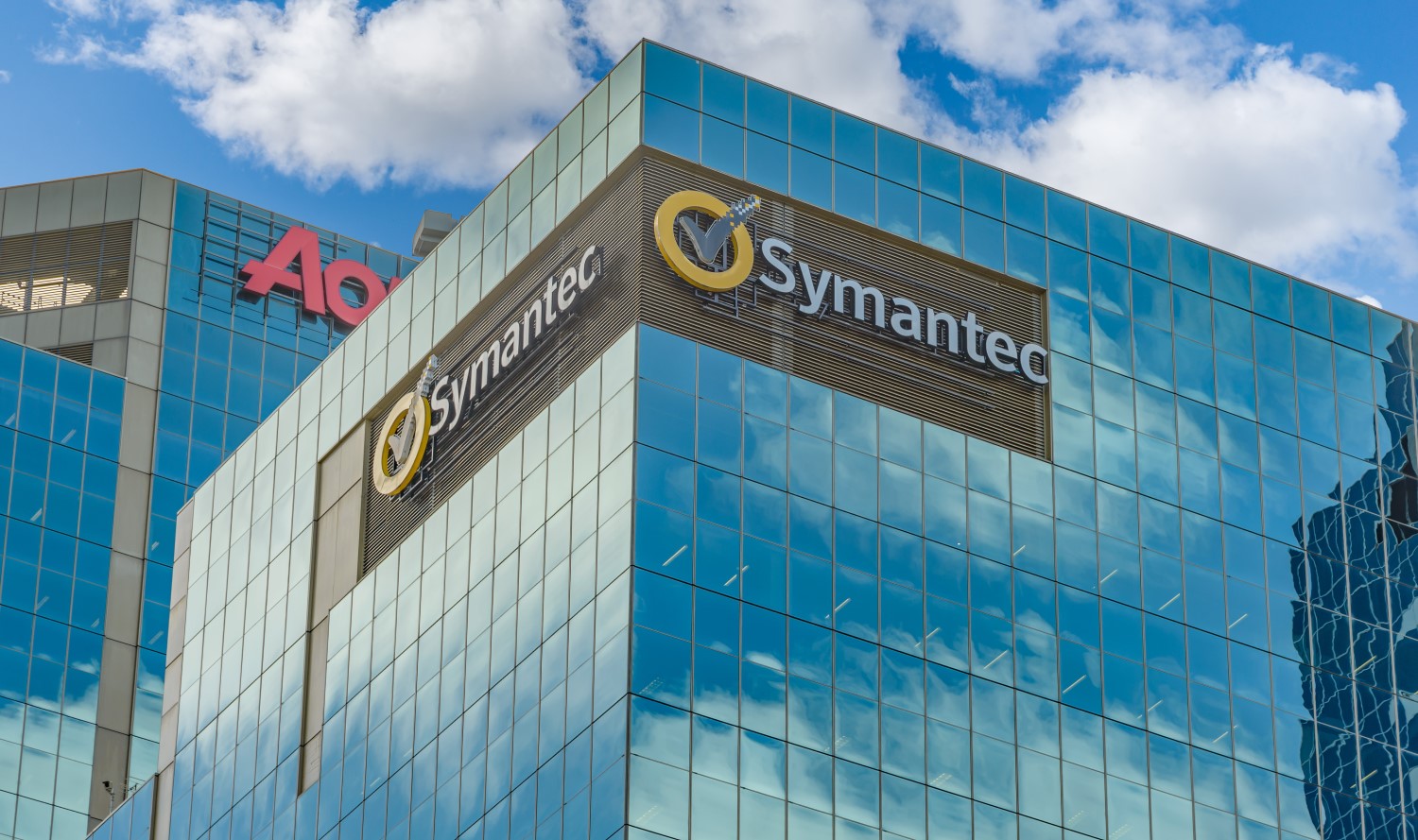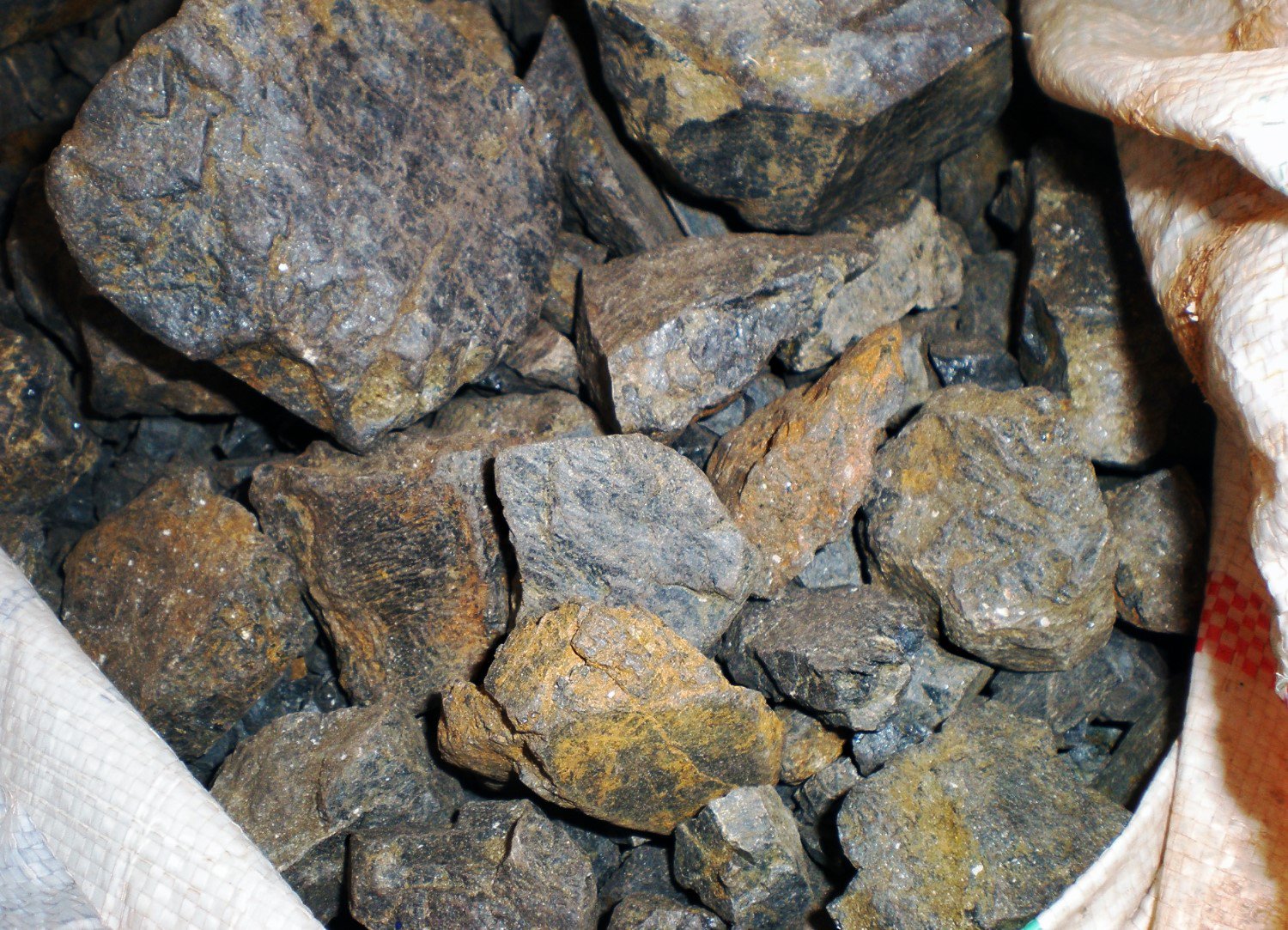Diversifying Stability: Stablecoins Finding Home Beyond the Greenback
Stablecoins, the backbone of the cryptocurrency market, with their $135 billion market cap, have traditionally been pegged to fiat currencies like the U.S. dollar, offering stability and liquidity in a somewhat volatile ecosystem.
Now, the landscape of stablecoins is evolving, with innovative projects emerging that look beyond conventional USD pegs. These new stablecoins are tethered to alternative assets like commodities, real estate, or even diversified baskets of cryptocurrencies, introducing a fresh perspective on stability and risk management within the digital asset domain.
While USD-pegged stablecoins like tether (USDT) and USDC dominate the market, they are subject to the fluctuations and vulnerabilities of the U.S. dollar. In contrast, stablecoins tied to alternative assets offer diversification benefits and reduced exposure to currency risk. Commodity-backed stablecoins, for example, are pegged to the value of underlying commodities such as gold, silver, or oil, providing intrinsic value and hedging against inflationary pressures.
You’re reading Crypto Long & Short, our weekly newsletter featuring insights, news and analysis for the professional investor. Sign up here to get it in your inbox every Wednesday.
Real estate-backed stablecoins leverage the stability and appreciation potential of tangible assets, allowing investors to access fractional ownership in properties worldwide. These stablecoins are backed by real estate portfolios, offering liquidity and diversification in an asset class traditionally characterized by illiquidity and high barriers to entry.
Another groundbreaking approach is stablecoins tied to a basket of cryptocurrencies, like DAI and wrapped bitcoin, offer stability while capturing the potential upside of the digital asset market. These diversified stablecoins mitigate single-currency risk and provide exposure to a broader spectrum of cryptocurrencies, reducing volatility and enhancing portfolio resilience.
The emergence of stablecoins beyond USD pegs reflects a maturing market and growing investor demand for stability, transparency, and diversification in digital assets. These alternative stablecoins offer a compelling value proposition for investors seeking to preserve capital and navigate the dynamic cryptocurrency landscape with confidence.
In emerging markets, for example, with unstable local currencies, stablecoins provide a reliable alternative to traditional dollars, facilitating cross-border transactions and financial inclusion.
Not all stablecoins, however, deliver on their promise of stability and liquidity. In mid-2022, TerraUSD was de-pegged, losing its value, simultaneously crashing the price of its sister coin, Luna. In a matter of days, both coins quickly became worthless, wiping billions of dollars off the cryptocurrency markets.
Despite their potential benefits, alternative stablecoins face regulatory scrutiny, liquidity challenges, and valuation complexities. Regulatory frameworks governing commodity-backed stablecoins and real estate-backed stablecoins vary across jurisdictions, requiring robust compliance measures and legal frameworks to ensure investor protection and compliance.
Moreover, the liquidity of alternative stablecoins may be limited compared to USD-pegged stablecoins, posing challenges for trading and market adoption. Valuation methodologies for alternative assets can also be complex and opaque, requiring transparency and independent audits to instill investor trust and confidence.
In conclusion, stablecoin innovations beyond USD pegs represent a significant paradigm shift in the cryptocurrency market, offering investors new avenues for stability, diversification, and risk management. While challenges remain, the growing adoption and maturation of alternative stablecoins signal a transformative shift toward a more resilient and inclusive digital asset ecosystem.
Edited by Benjamin Schiller.









